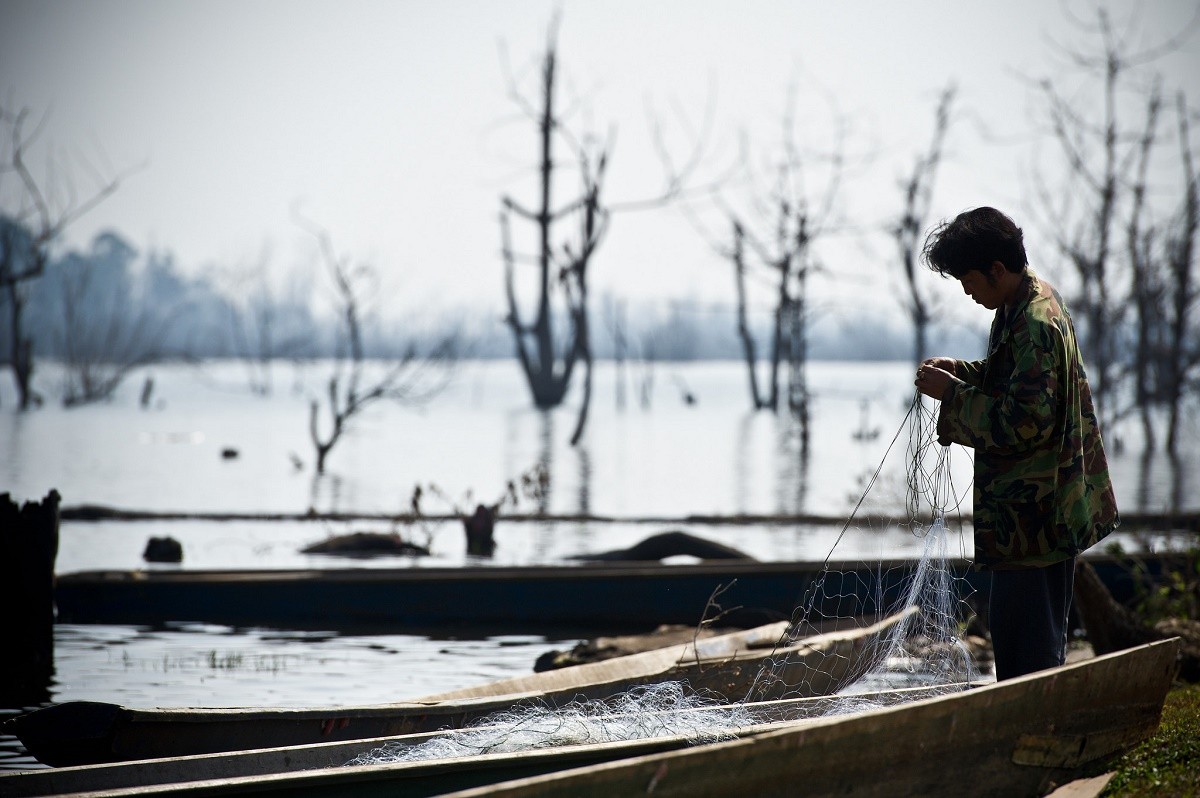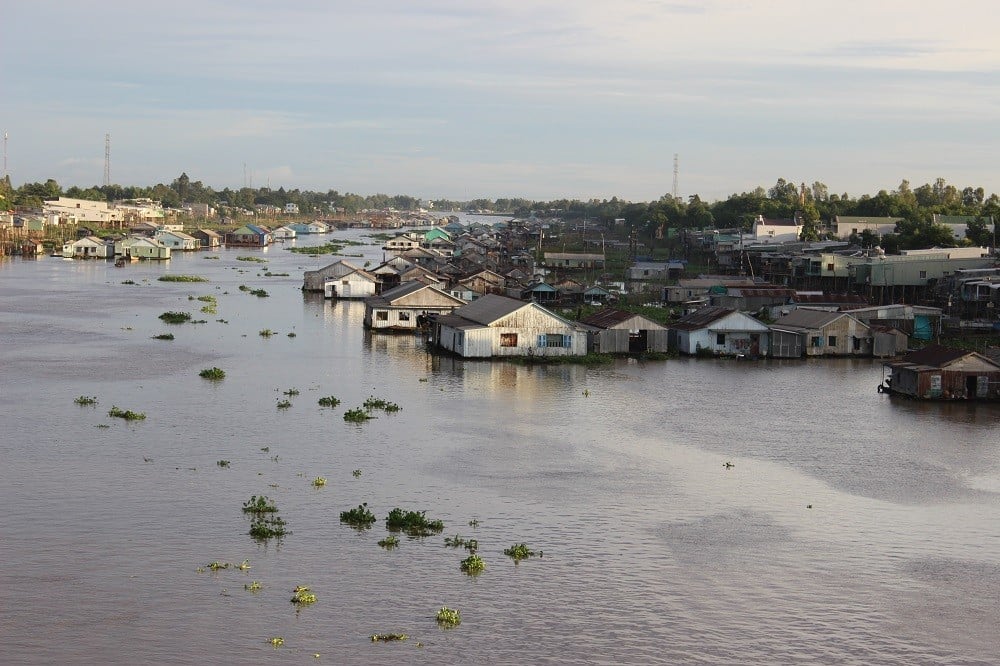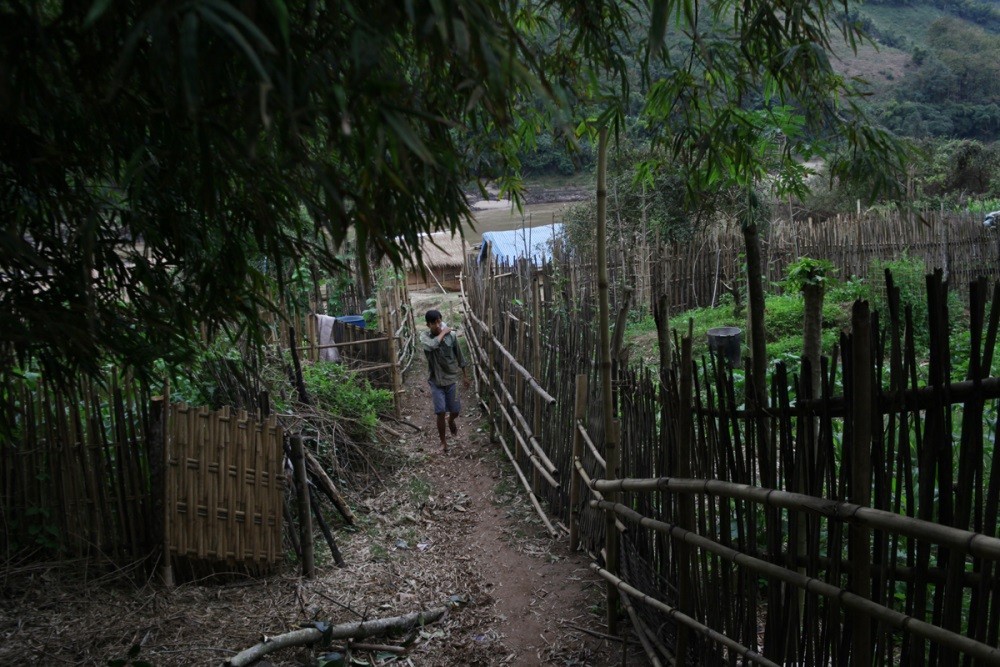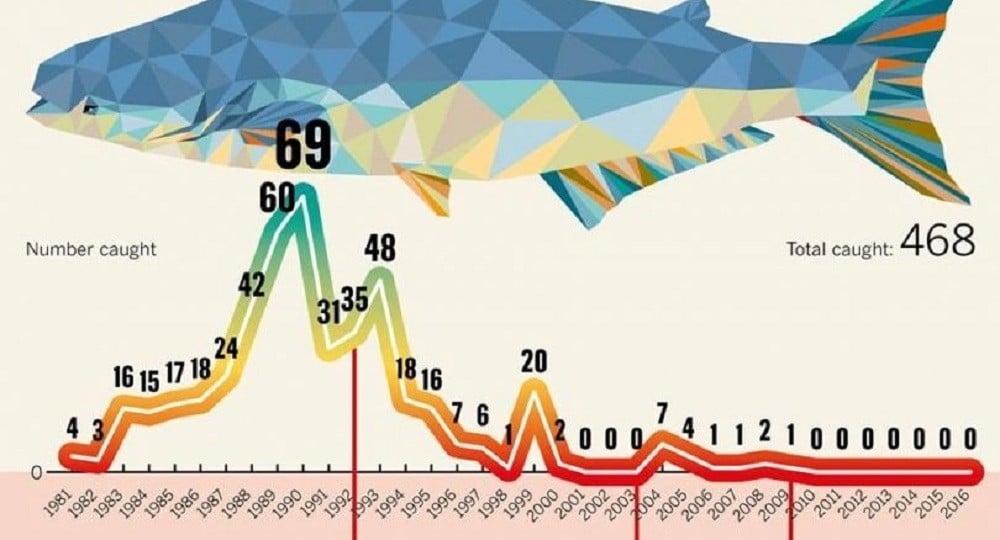From 5-7 January 2017, Mekong Watch visited villages affected by the Nam Theun 2 Hydropower Project in Lao PDR.
Tag: hydropower
Decision-Makers Must Recognize Irreversible Impacts of Dams on Mekong River and People’s Lives
International Rivers believes that recent comments attributed in the media to the CEO of the Mekong River Commission (MRC) raise serious concerns about the role and positioning of the MRC Secretariat and the future of decision-making over hydropower development in the Mekong.
A look inside Xayaburi dam
The Mekong Eye had a rare opportunity to visit the Xayaburi dam. This photo essay shows its progress.
China’s Domestic Dams: Hydropower Not Only an Export For World’s Biggest Dam Builder
Plans to dam the Lancang River, China’s stretch of the Mekong, will have impacts far beyond China’s borders.
Statement from Vietnamese non-governmental organization to the Mekong River commission
Vietnamese NGOs and individuals who are interested in sustainable water resource management in the Mekong region, present the public statement to MRC and National Mekong River Committees.
Drowning out traditions
The smiles that once brightened faces in Luangtong, a small community in Laos’ northwest Oudomxay province, have disappeared. These days the residents appear defeated, stunned by the knowledge that before long the land that has sustained them for generations will be submerged under the waters behind Pak Beng Dam.
Mekong giant catfish being driven to extinction in natural habitat
The Mekong giant catfish (Pangasianodon gigas) is ranked as critically endangered on the Red List of the International Union for Conservation of Nature (IUCN). The largest freshwater fish in the world, its natural habitat is the Mekong River from China to Cambodia and Tonle Sap Lake in Cambodia.
Ambitious Green Energy Plans in Vietnam and Cambodia proceed at snail’s pace
During the 2016 United Nations Framework Convention on Climate Change in Marrakech (COP 22) Vietnam and Cambodia professed their commitment to do their part to reduce CO2 emissions. Noting that they are both on the front lines globally in facing impacts from a warming atmosphere, the two neighbors agreed to transition their entire electricity generating portfolios to renewables.
Hydro expansion will fail without energy market reform
Energy demand in China is slowing. This is causing a major headache for the hydropower sector, which has invested heavily in new projects in recent years. The continued construction of hydropower, as with coal, has led to surplus capacity, tumbling profits and an unbalanced national energy system.
New research reveals harm to Indigenous Peoples near Nam Theun 2 Project in Laos
On January 4, 2017, the Forum for Development Studies published a new article by Kanokwan Manorom, Ian Baird and Bruce Shoemaker titled, “The World Bank, Hydropower-based Poverty Alleviation and Indigenous Peoples: On-the-Ground Realities in the Xe Bang Fai River Basin of Laos.” This article provides more detail on the project’s impacts following earlier articles on the situation along the Xe Bang Fai River published in 2015 by the same researcher team.











